West Virginia University system capable of flow rates up to 300 liters per hour
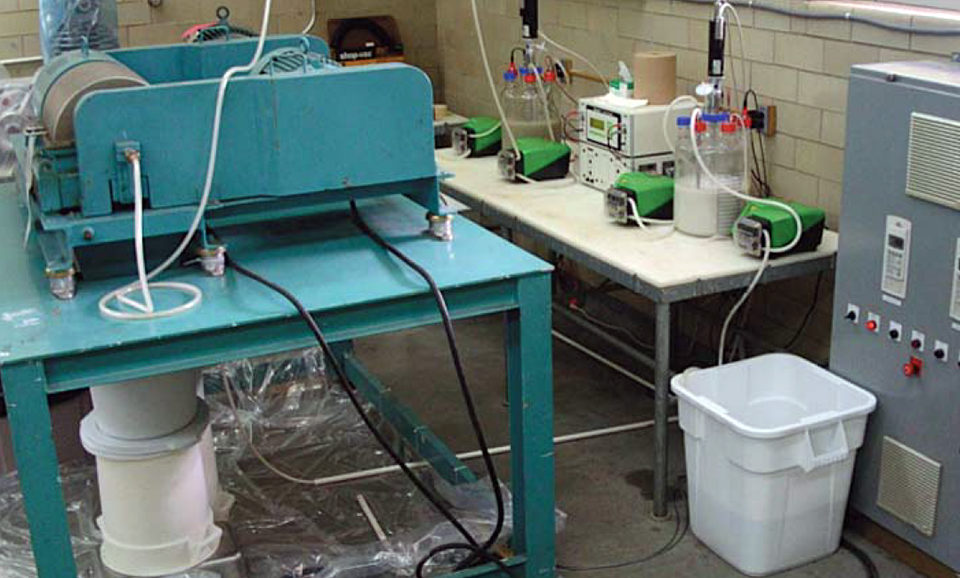
Fish-filleting operations generate significant amounts of byproducts such as frames, heads, guts, and the like. In the United States, most of these byproducts are sent to landfills, and only limited amounts are rendered for animal feeds due to the high polyunsaturation of fish lipids with a propensity to develop rancid off odors. Aquaculture production has quadrupled during the past two decades, yet the industrial methods to recover fillets from fish have not changed, and therefore, the amount of byproducts has increased correspondingly.
Filleting yields
Commercial filleting of 100 kg of rainbow trout or tilapia typically yields 30 to 40 kg of fillets and 60 to 70 kg of byproducts. The trout and tilapia byproducts contain over 20 kg of fish meat, as well as valuable omega-3 fatty acids that are beneficial to human cardiovascular health.
Recovery and subsequent use of the fish meat and lipids in the development of human food products or other value-added applications could produce additional revenue for a processor. The reduced amount of byproducts would also help alleviate the ever-increasing environmental issues associated with fish processing.
Recovery technology
Isoelectric solubilization/precipitation has long been used in the dairy industry and the manufacture of soy protein isolates/concentrates. For example, precipitation of the milk protein casein at its isoelectric point yields curds, which is a fundamental step in cheese making.
Isoelectric solubilization/precipitation has also been recently applied to isolate myofibrillar and sarcoplasmic muscle proteins from various fish species. When applied to fish byproduct, this technique offers high yield; separation of lipids and bones, skin, and other insolubles; and a feasible continuous mode of operation that enables water reuse.
Solubilization/precipitation
Five basic steps in isoelectric solubilization/precipitation are required to recover functional muscle proteins from fish processing byproducts:
- Homogenization of byproducts with water to increase surface area for subsequent solubilization reaction.
- Solubilization of fish muscle proteins at basic or acidic pH due to electrostatic repulsion between the proteins and electrostatic interaction between water dipoles and charged protein molecules.
- Separation of protein solution from fish lipids and insolubles.
- Precipitation of fish muscle proteins at their isoelectric point (pH = 5.5).
- Separation of the precipitated proteins from the water to allow water reuse.
Steps 2 and 4 are carried our in bioreactors that allow continuous pH adjustment and variable flow rate of the solution through the system. Decanter-centrifuges handle the separation steps 3 and 5. Homogenization is carried out in a continuous homogenizer capable of supplying a sufficient volume of fish homogenate to maintain flow in steps 2 to 5. It is critical to match flow rate between all steps.
Pilot recovery system
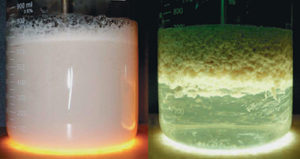
a commercial flocculant.
A pilot protein and lipid recovery system constructed at West Virginia University in Morgantown, West Virginia, USA, is capable of flow rates up to 300 liters per hour, allowing processing of about 43 kg byproducts per hour on a continuous basis. The system could be easily scaled up by replacing the pilot-scale bioreactors and decanter-centrifuges with commercial-scale counterparts.
The researchers at West Virginia University have also designed a commercial bioreactor recovery system capable of processing over 11 metric tons (MT) fish byproducts per day. The modular system could be expanded with more bioreactor modules to suit particular processing needs.
Continuous pH adjustment at the pilot scale is relatively simple. However, protein separation following the adjustment of pH to 5.5 to precipitate functional muscle proteins is slow due to the small protein size. The decanter-centrifuges used in fish processing typically apply fixed gravitational force under 4,000 x g. Protein particle sizes can be increased by flocculants commonly used in the food industry and in the treatment of drinking water. Therefore, the protein separation in an industrial decanter-centrifuge could be more efficient.
Flocculants with different ionic charge characteristics and molecular weights were tested at different concentrations. Protein separation was evaluated by measuring optical density of the supernatant. An anionic flocculant with high molecular weight at 65 ppm resulted in excellent protein separation after a 10-minute reaction. The optical density of the supernatant was comparable to that of clear water.
This flocculant can be injected into the bioreactor during pH adjustment, resulting in increased protein size and more efficient separation during subsequent centrifugation in a decanter-centrifuge. The effluent water from the decanter-centrifuge can be reused in the homogenization step.
(Editor’s Note: This article was originally published in the December 2005 print edition of the Global Aquaculture Advocate.)
Now that you've reached the end of the article ...
… please consider supporting GSA’s mission to advance responsible seafood practices through education, advocacy and third-party assurances. The Advocate aims to document the evolution of responsible seafood practices and share the expansive knowledge of our vast network of contributors.
By becoming a Global Seafood Alliance member, you’re ensuring that all of the pre-competitive work we do through member benefits, resources and events can continue. Individual membership costs just $50 a year.
Not a GSA member? Join us.
Author
-
Jacek Jaczynski, Ph.D.
West Virginia University
G004 Agricultural Sciences Building
Morgantown, West Virginia 26506
Tagged With
Related Posts
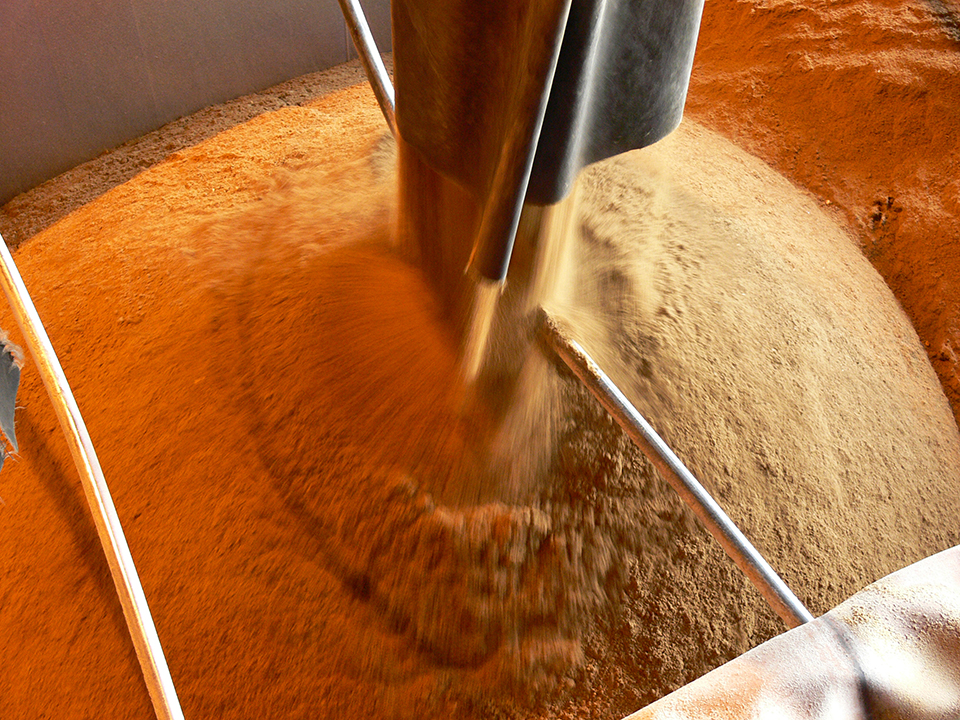
Aquafeeds
Animal byproducts can provide cholesterol for shrimp feed
Animal byproducts like blood meal, meat and bone meal and other rendered products are good sources of cholesterol for use in aquaculture feed.
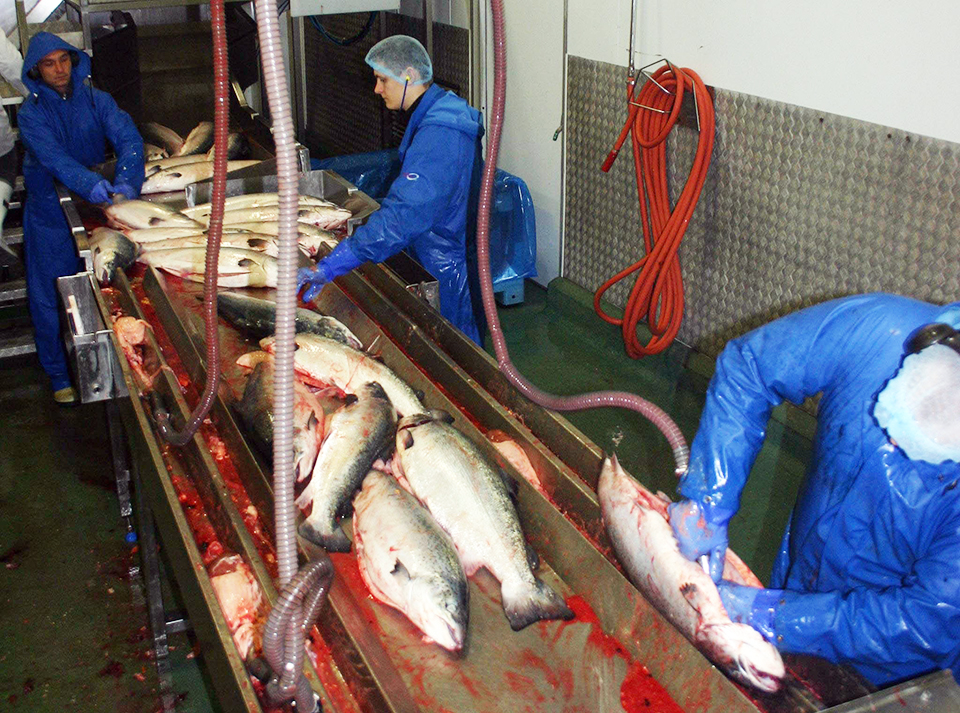
Responsibility
Aquaculture byproducts improve sustainability of seafood value chains
Tons of aquaculture byproducts are available as sources for fishmeal and fish oil to supplement the supplies obtained from fisheries. Innovative technologies are supporting more efficient use of these by-products in aquafeed.
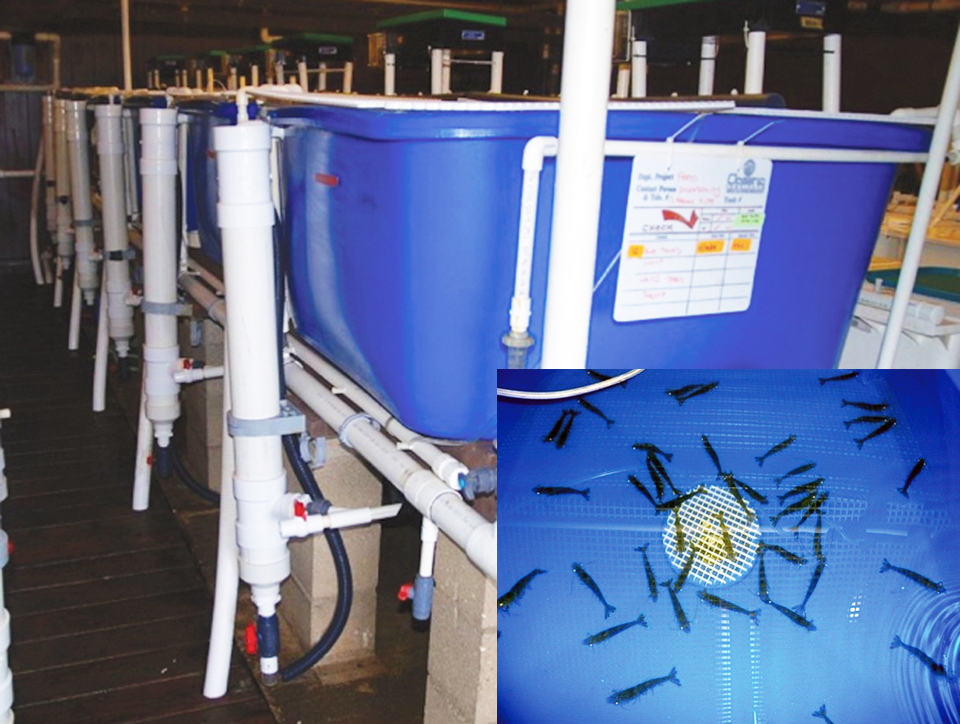
Aquafeeds
Digestibility of fishery byproducts tested
A study of shrimp feeding demonstrated the digestibility of byproducts prepared from salmon livers, salmon milt, black cod viscera and arrowtooth heads and viscera from Alaskan fisheries processing plants.
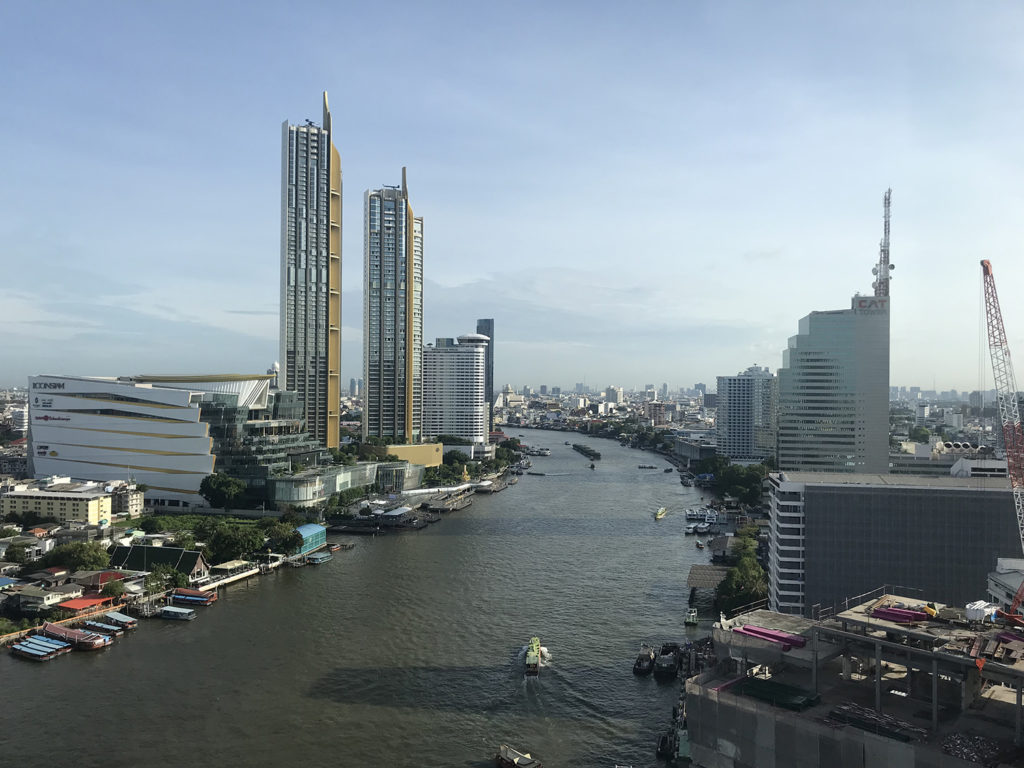
Aquafeeds
After testing new feed ingredients, Thai Union finds reluctant uptake
The company has engaged in feed trials with both algae and microbial meals, before its sustainability director said farmers, “by and large, don’t want it.”


